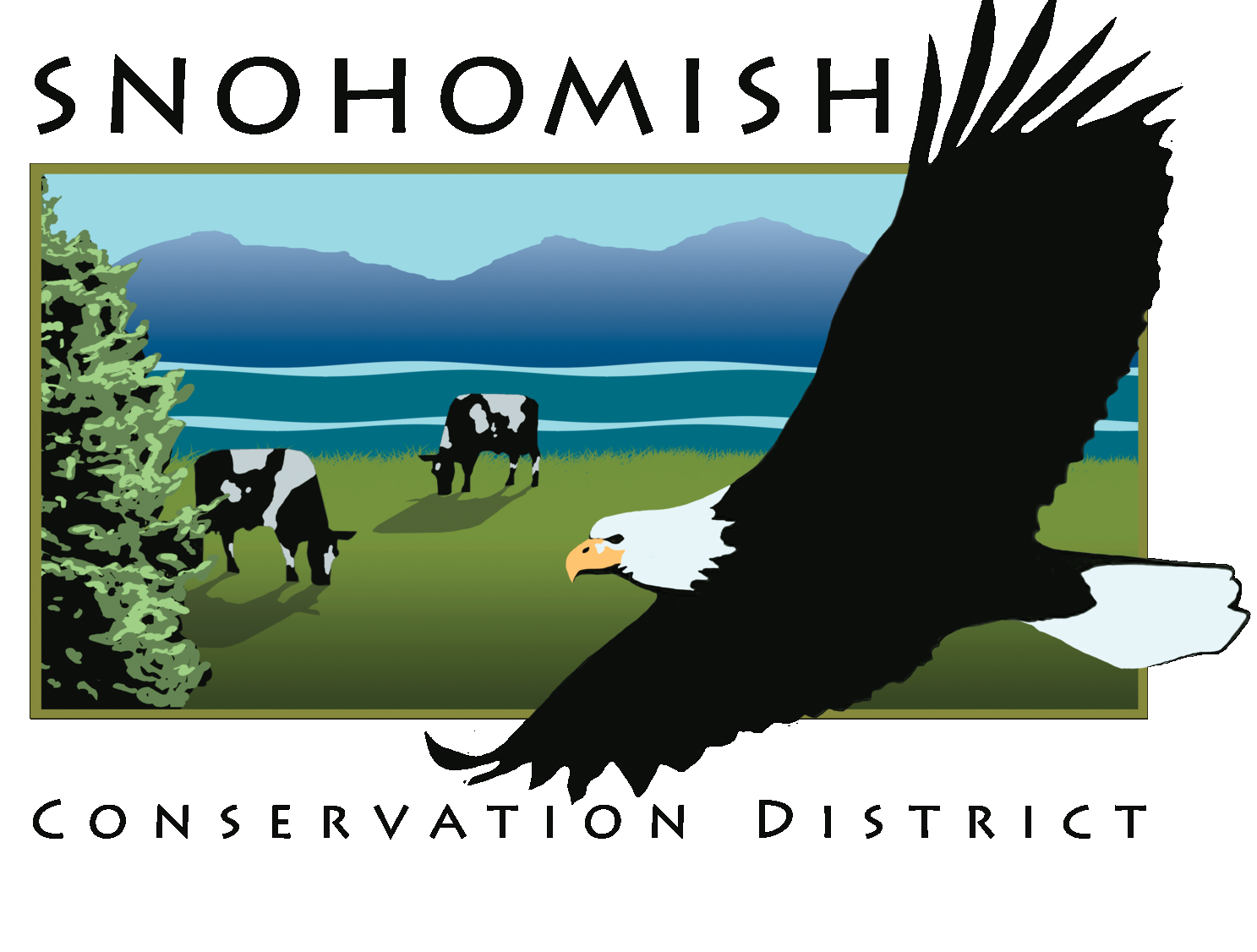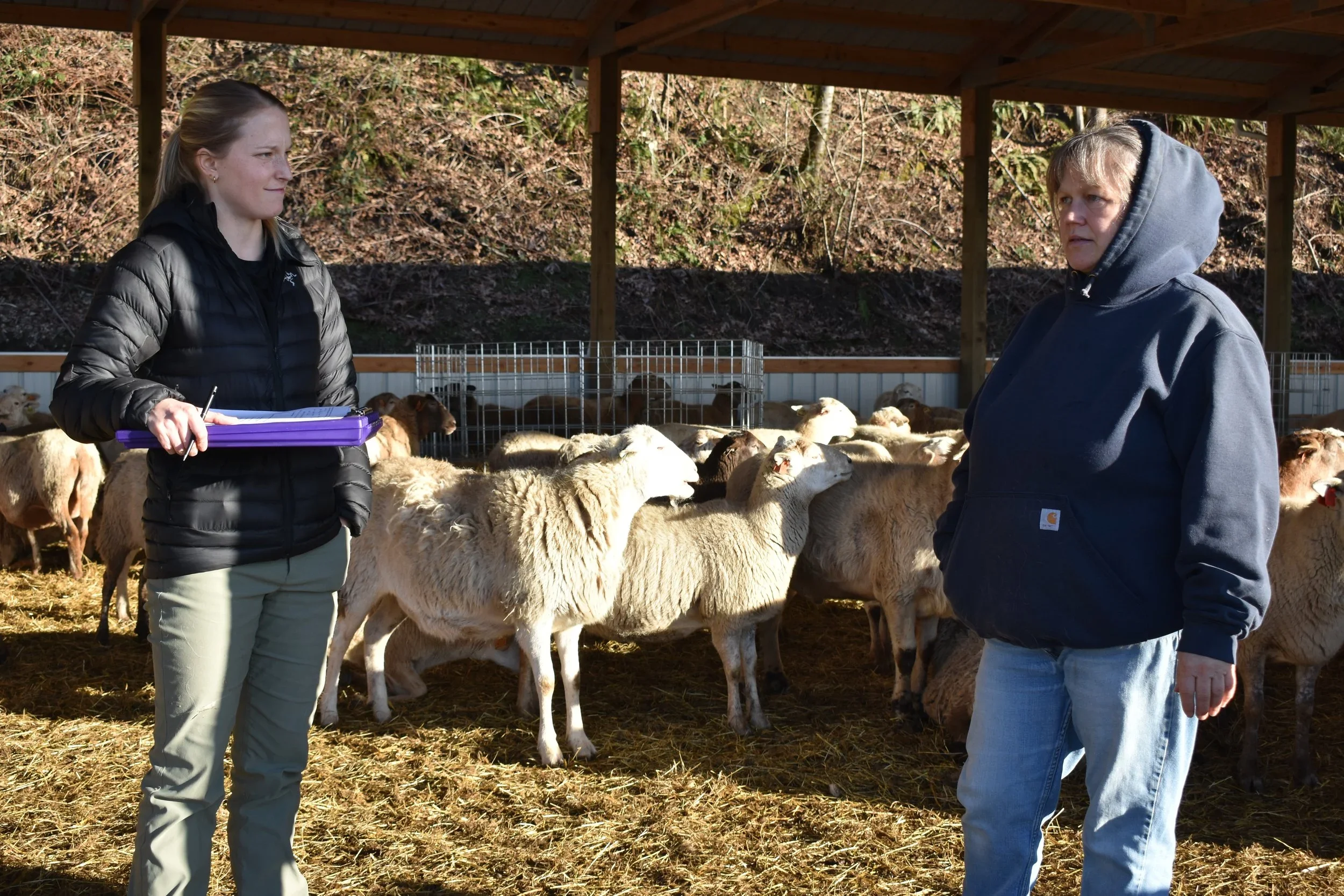Cost Share for Canfield Farms
/If you’ve driven along Old Snohomish Monroe Road, you may have noticed Canfield Farms, a picturesque sheep farm perched on a steep slope. These acres in the floodplain provide fertile ground for crops and pastures; however, over the past several years they have become more frequently inundated with water during periods of heavy rain.
Read More

















